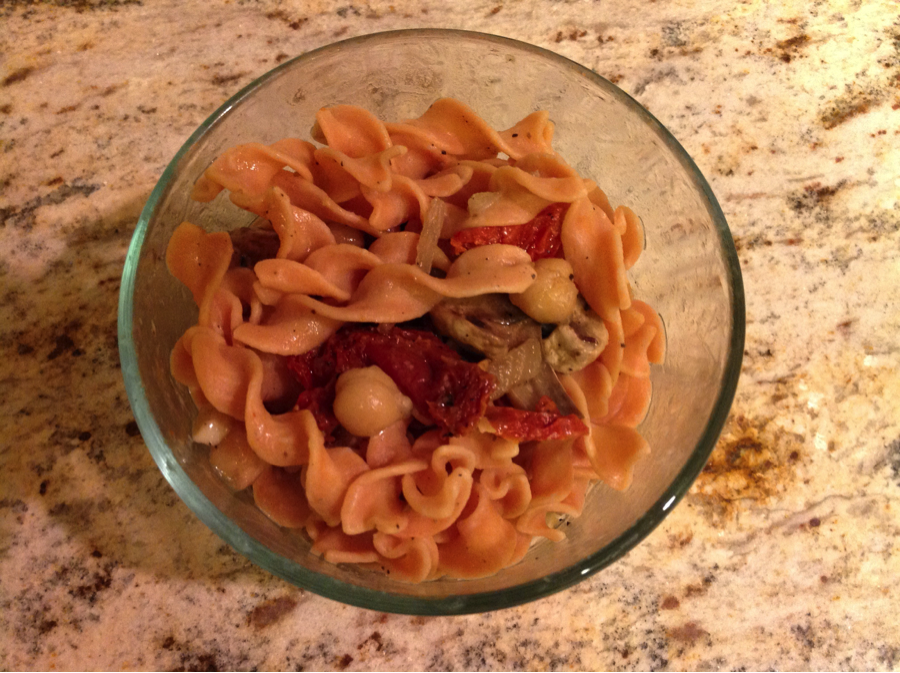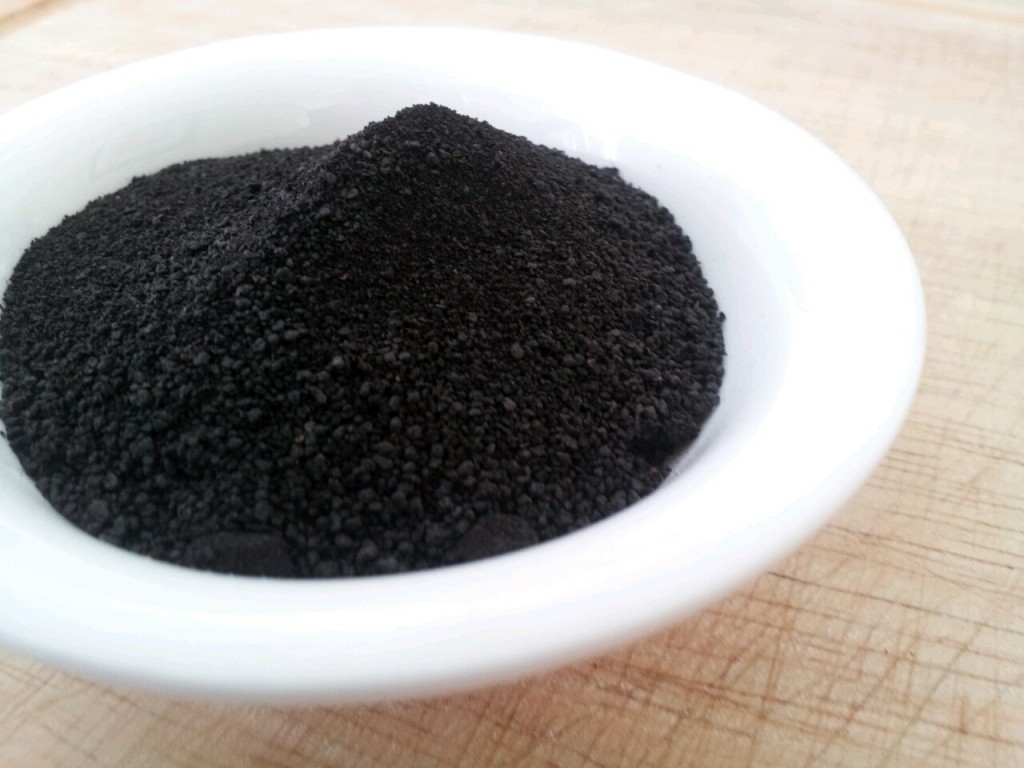From the founder of YogaFit…

Perfect for people who want to integrate yoga and nutrition into a 360-degree program
Why YogaLean Loves Purium

Yoga is a huge step in elevating self improvement, mind-body awareness, and learning to listen to your body. But so is nutrition. Eating right is incredibly important in getting the body healthy and more balanced. For someone looking to lose weight and get in better shape, nutrition plays an even more crucial role. You can’t just do yoga […]
The Limited Reach of Red Wine’s Health Benefits

Recently, there’s a fitness rumor going around that consuming one glass of red wine is equal provides health benefits equal to the ones we get out of doing a one hour workout at the gym. This is a seductive headline– “Score!” Readers are thinking, “A glass of Cabernet every day will keep me just as […]
Yellow Eye Bean Salad with Sorghum

Beans are a great source of protein. I enjoy experimenting with different beans to bring variety into my diet. Yellow Eye Beans are high in dietary fiber and iron, low in sodium, and contain no sugar, saturated fat, or cholesterol. One cup of Yellow Eye Beans (boiled) is approximately 250 calories. This recipe can be […]
Kathryn Herbert on Ancient Healing in the Modern World

July 27, 2015 | Emelyn Daly, YogaFit Media Ayurveda, ‘Life Science,’ and Common Sense Expert Ayurvedic Practitioner and founder of Ayuway of Life Kathryn Herbert has me totally convinced of the value, efficacy, and do-it-yourself easiness of the ancient Holistic healing modality she teaches and practices. Herbert, who is thrilled to share her expertise at YogaFit’s first Ayurvedic Lifestyle […]
Sunburst Pasta

Tolerant Red Lentil Pasta has a bit of a peppery flavor when eaten on its own. When I use it in a recipe I look to find flavors that enhance the pasta’s natural flavors. This dish uses sundried tomatoes for a sweet flavor, chickpeas for a meaty texture, onions and garlic as aromatics, and mushrooms for a chewy texture. […]
Broccoli Greens Tofu Stir Fry

Not only do I love to eat light and healthy foods, but I also do not like to waste food. When I had an opportunity to try broccoli and cauliflower greens I was elated! This was an opportunity to experience two vegetables I love in an entirely new way. I have used the greens as a side dish […]
Kathryn Herbert on the Miracles of Ayurvedic Healing

Recently, I sat down with Ayurvedic expert Kathryn Herbert to talk herbs, doshas, and real-life miracles. Herbert, who, was diagnosed with AS (Ankylosing Spondylitis), RS (Reiter Syndrome), FM (Fibromyalgia) and IBS (Irritable Bowel Syndrome), is a living example of the downright amazing health benefits of India’s ancient healing practice. She is excited to share her wisdom at YogaLean’s first […]
Shilajit, the Rock-Invincible

Author Kathryn Herbert; Ayu Ct P, RYT 250 with Dr Sachin Kotalganor; MD (India) Ayu Physician DPU, IAA Secretary SHILAJIT, or Silajatu as it translates from Sanskrit to mean “rock invincible”, is Mineral Pitch collected from the mountainous ores found in the Himalayan region and is known also as Moomie (Russian). The ancient science of […]
